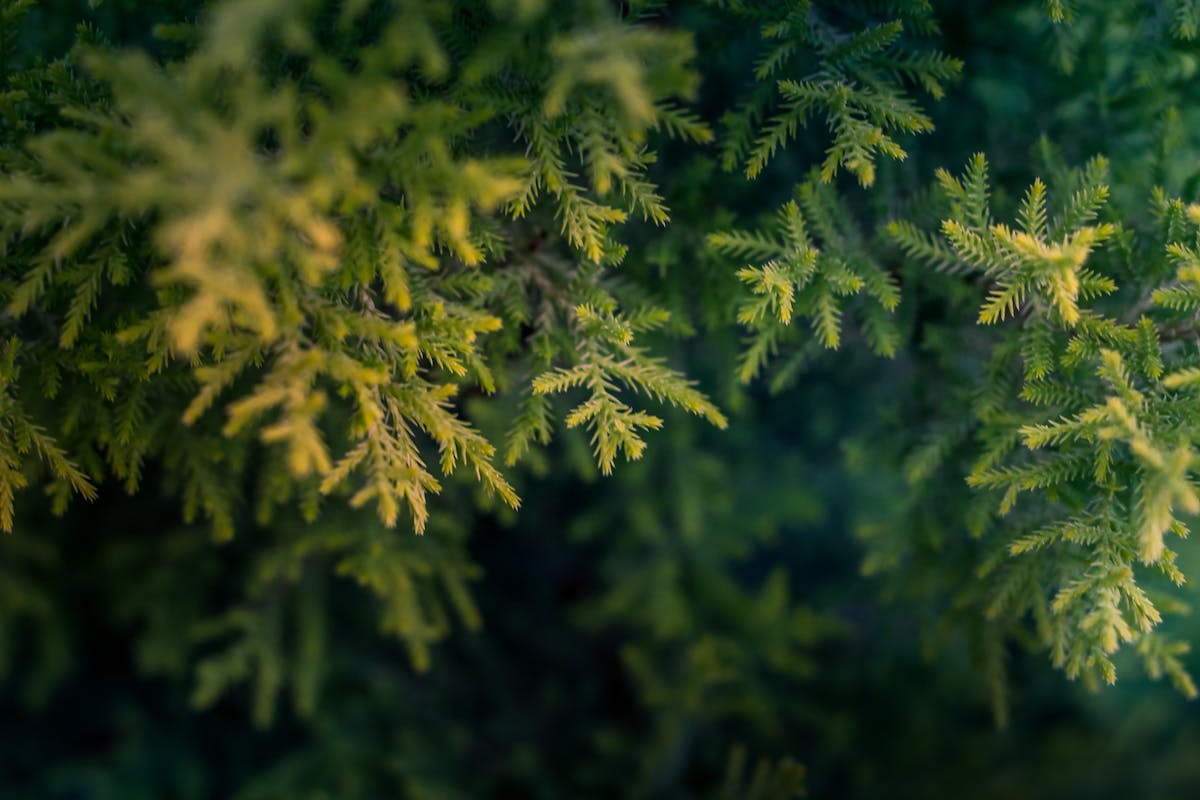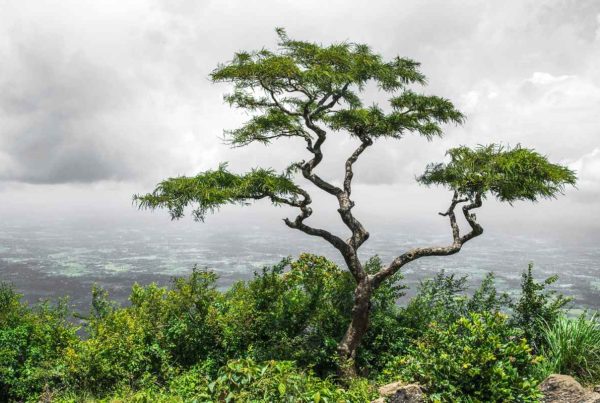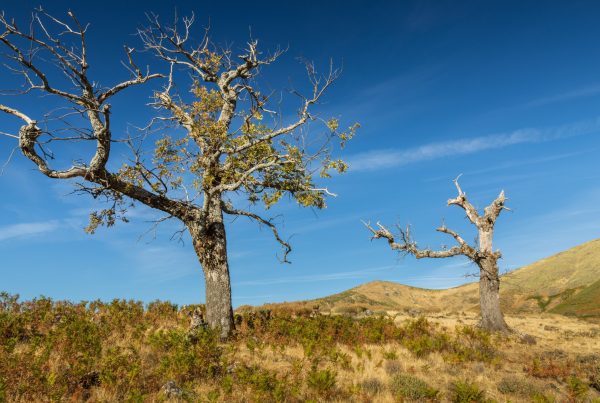African pine (Afrocarpus gracilior) is a tall, long-leaved tree native to East Africa. Pine fern produces clusters of light green leaves that turn dark brown as they age. The green leaves are arranged irregularly and grow up to 10 centimeters in length. Its windswept, fern-like leaves make this tree or evergreen desirable. The flowers of this species are yellow and inconspicuous. Instead of a traditional cone, the tree produces tiny seeds containing one seed. The seed-like fruits are green and turn yellow as they ripen.
Pine Fern has a single straight trunk. It has a thick stem that gives a round or oval shape when cut properly. The height depends on whether it is growing as a tree or as a hedge. If allowed to grow into a tree it will eventually reach a height of 20 metres. Over time it will spread to 25 to 35 feet wide and provide plenty of shade. The tree grows to a greatest height of 2 meters or more. However, when kept as a shrub or hedge, pine fern is usually pruned so that it grows no taller than 20 feet. Plant the tree in summer or autumn. African pineapple fern has a slow growth rate of 12 to 36 inches per year and can be long-lived for up to 150 years.
African Fine Pine Care
Pine trees that win prizes are common in the southern US. They need little care, resist pests well, and grow in many conditions. It may be allowed to grow as a shade tree. Or, it may be classified as a barrier or hedge shrub, display tree, patio tree, or windbreak. Smaller specimens are best trained as espaliers. It also tolerates urban and street conditions. The roots of this tree rarely extend or pierce the road. This means it can grow well on the edge of a building or property. It is also smoke resistant, making it suitable for areas with poor air quality.
| Common Name | African fern pine |
|---|---|
| Botanical Name | Afrocarpus gracilior or Podocarpus gracilior |
| Family | Podocarpaceae |
| Plant Type | Tree |
| Mature Size | 40–60 ft. tall, 20–35 ft. wide |
| Sun Exposure | Full, partial |
| Soil Type | Well-drained |
| Soil pH | Acidic, Neutral |
| Bloom Time | Spring |
| Flower Color | Yellow |
| Hardiness Zones | 9–11 (USDA) |
| Native Area | Africa |
The pine fern is commonly called the Podocarpus gracilior plant. Some botanists have classified it as Afrocarpus gracilior. The tree fern is still commonly sold under the name Podocarpus gracilior. Its old scientific name may still be mentioned in the literature.
Light
Fern plants perform best in morning sun, but are also tolerant of shaded conditions. Shade is best in hot weather. They may be sensitive to southern or western exposure during the day.
Soil
The African pineapple fern is not a flightless plant once it reaches the ground. It tolerates poor soil and dense soil. A slightly acidic soil is preferred, but these plants also grow well in neutral or even alkaline soil. Tree ferns are not resistant to salt aerosols and should not be planted in sprayed areas.
Water
Provide the pine fern with adequate water every week for the first two years. During the third year, you reduce this watering. Water then depends on the environment. Tree ferns tolerate drought, especially when mature, but do best if watered regularly.
Heat and Humidity
Pineapple fern originates from the mountains of Ethiopia, Kenya, and Uganda. It thrives in warm climates and does well in USDA zones 9 through 11. It resembles a coffee plant. They are hardy down to 15°F. But, pine ferns require protection from freezing temperatures. Pine fern fronds may turn black when exposed to freezing temperatures.
Fertilizer
Fertilize African pines in the spring before new growth emerges. Use universal fertilizer according to the instructions on the packaging.
Pruning
Young plants should be pruned to maintain a good shape of the main trunk and branches. Once established, pruning is not necessary, except to achieve size and shape. If espalier growth is desired, pruning should be started when the tree is very young. If growing as a hedge, ensure the plants are evenly pruned to the desired height and width. It is best to prune these plants in late winter or early spring before new growth begins.
Propagation of African Pine
Like other species, the African pine can be propagated by cuttings. The seeds are often eaten by birds and wildlife, making it difficult for the seeds to spread. Pruning will require some time and patience, as they can take up to a year to establish their roots. Here’s how it works.
- Cut off about 4 to 6 inches of new branches and make sure they are healthy before cutting.
- Remove all pins from the bottom one-third of the cutting.
- Insert the cut end into the root ball.
- Place the cutting in a pot filled with equal parts moss or similar soil type and fine sand. No cutting needles should not touch the ground.
- Water as needed, cover the pot and decorate with plastic to create a small park.
- Remove the plastic from the water and if you see a lot of moisture in it, poke a hole in the plastic. Carefully remove the plastic when new growth emerges.
- Pine plants need to grow and mature a little in pots before being planted.
Shaping and recycling fine African pine
African pine fern is often used for interior decoration. It is used in high-rise courtyards in commercial buildings. Although it is too large to grow indoors, it makes a good potted plant outdoors. This pine tree can be planted in a large pot. It can be placed in front of an entrance or as a tall hedge. It comes in sizes from 5 to 25 liters. African pine requires well-drained soil and pots with drainage holes for proper growth. African pineapples don’t like to be cramped in pots, so choose larger ones as the plant grows.
When planting this pine as a hedge, leave about 60 centimetres between them.
How do you know if your penis is male or female?
African ferns are either male or female. Male plants produce small yellow flowers, while females bear fruits and flowers.
Are pineapple tree ferns annoying?
Male pineapple trees are considered “clean” trees with less waste to worry about. Female pineapple plants tend to drop scattered seeds.
How big does a pineapple fern grow?
The tree fern is very flexible, but it can grow tall. It can grow from 40 to 60 feet, depending on how it is cut, cultivated, or grown in the ground or in containers.
What is the difference between a pine fern and a yew pine?
Afrocarpus gracilior is not considered a fruiting species. But, it bears a striking resemblance to a pine tree. It resembles Podocarpus macrophyllus, a tree often used in landscaping. However, the pine yew has good hardiness (zones 7 to 9) and is a small plant that rarely exceeds 40 feet in height. It also has a finer leaf texture than fine pine. (The specific adjective “graceful” denotes “more beautiful”.)



